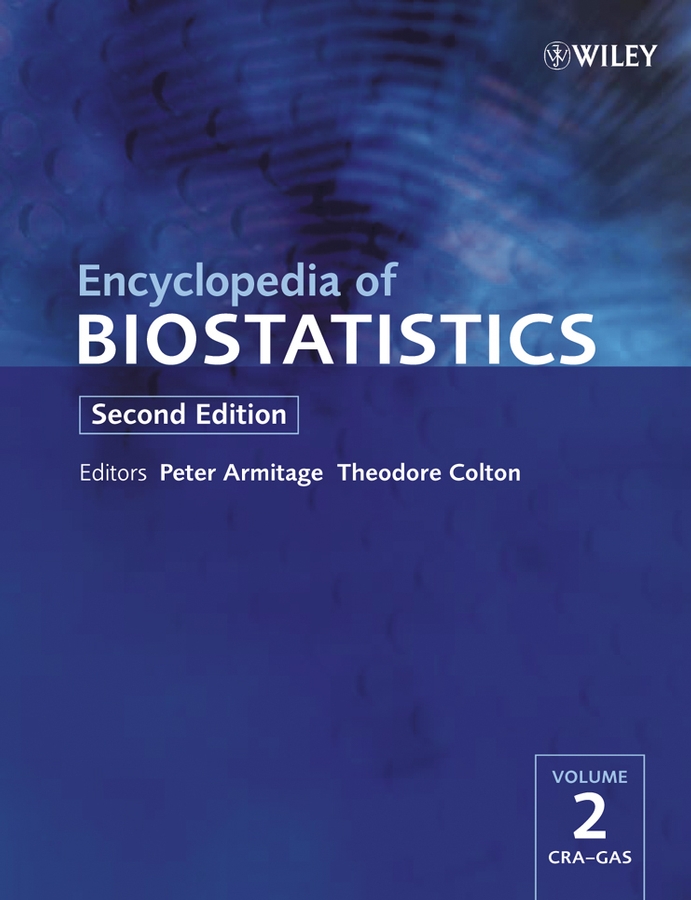Computer-Aided Diagnosis
Sankey V. Williams
University of Pennsylvania, Philadelphia, PA, USA
Search for more papers by this authorSankey V. Williams
University of Pennsylvania, Philadelphia, PA, USA
Search for more papers by this authorAbstract
A provider's ability to make correct decisions regarding patient care is predicated on the correct identification of a patient's diagnoses. However, the process of developing diagnostic certainty remains a challenging task despite an increasingly sophisticated array of available diagnostic modalities and techniques. Clinicians need support to integrate a broad range of findings from these tools along with a patient's symptoms and signs. This chapter discusses the evolution and utility of computer-aided diagnostic decision support systems including recent developments in neural networks, microarray technology, and syndromic surveillance.
References
- 1 Baxt, W. G. (1995). Application of artificial neural networks to clinical medicine, Lancet 346, 1135–1138.
- 2 Berner, E. S., et al. (1994). Performance of four computer-based diagnostic systems, The New England Journal of Medicine 330, 1792–1796.
- 3 Bleich, H. L. (1972). Computer-based consultation: electrolyte and acid base disorders, The American Journal of Medicine 53, 285–291.
- 4
Blum, R. L.
(1983).
Modeling and encoding clinical causal relations in a medical knowledge base,
Proceedings of the 7th Annual Symposium on Computer Applications in Medical Care
7,
837–841.
10.1109/SCAMC.1983.764784 Google Scholar
- 5 Centor, R. M., Witherspoon, J. M., Dalton, H. P., Brody, C. E. & Link, K. (1981). The diagnosis of strep throat in an emergency room, Medical Decision Making 1, 239–246.
- 6 Cooper, G. F. (1988). Computer-based medical diagnosis using belief networks and bounded probabilities, in Selected Topics in Medical Artificial Intelligence, P. L. Miller, ed. Springer-Verlag, New York.
- 7 Cross, S. S., Harrison, R. F. & Kennedy, R. L. (1995). Introduction to neural networks, Lancet 346, 1075–1079.
- 8 Davis, R., Buchanan, B. & Shortliffe, E. (1977). Production rules as a representation for a knowledge-based consultation program, Artificial Intelligence 8, 15–45.
- 9 de Dombal, F. T., Leaper, D. J., Staniland J.R., McCann A. P. & Horrocks, J. C. (1972). Computer-aided diagnosis of Abdominal pain, British Medical Journal 2, 9–13.
- 10 Gesteland, P. H., Wagner, M. M., Chapman, W. W., Espino, J. U., Tsui, F. C., Gardner, R. M., et al. (2002). Rapid deployment of an electronic disease surveillance system in the state of Utah for the 2002 Olympic winter games, in Proceedings of AMIA 2002 Annual Symposium, pp. 285–289.
- 11 Hayashi, Y., Setiono, R. & Yoshida, K. (2000). A comparison between two neural network rule extraction techniques for the diagnosis of hepatobiliary disorders, Artificial Intelligence in Medicine 20, 205–216.
- 12 Kohane, I. S. (2002). The contributions of biomedical informatics to the fight against bioterrorism. (2002), Journal of the American Medical Informatics Association 9, 116–119.
- 13 Ledley, R. S. & Lusted, L. B. (1959). Reasoning foundations of medical diagnosis, Science 130, 9–21.
- 14 Lisboa PJG (2002). A review of evidence of health benefit from artificial neural networks in medical intervention, Neural Networks 15, 11–39.
- 15 Miller, P. L. & Fisher, P. R. (1987). Causal models for medical artificial intelligence, Proceedings, 11th Symposium on Computer Applications in Medical Care 11, 17–22.
- 16 Patel, R. S. & Semyk, O. (1987). Compiling causal knowledge for diagnostic reasoning, Proceedings of the 11th Symposium on Computer Applications in Medical Care 11, 23–29.
- 17 Patel, R. S., Szolovits, P. & Schwartz, W. B. (1981). Causal understanding of patient illness in medical diagnosis, Proceedings of the Seventh International Joint Conference on Artificial Intelligence 7, 893–899.
- 18
Reggia, J. A. &
Tuhrim, S.
(1985).
An overview of methods for computer assisted medical decision making, in
Computer-Assisted Medical Decision Making, Vol. 1,
J. A. Reggia &
S. Tuhrim, eds.
Springer Verlag,
New York.
10.1007/978-1-4613-8554-7_1 Google Scholar
- 19
Schwartzer, G.,
Vach, W. &
Schumacher, M.
(2000).
On the misuses of artificial neural networks for prognostic and diagnostic classification in oncology,
Statistics in Medicine
19,
541–551.
10.1002/(SICI)1097-0258(20000229)19:4<541::AID-SIM355>3.0.CO;2-V PubMed Web of Science® Google Scholar
- 20 Sutton, G. C. (1989). Computer-aided diagnosis: a review, British Journal of Surgery 76, 82–85.
- 21 Szolovits, P., Patil, R. S. & Schwartz, W. B. (1988). Artificial intelligence in medical diagnosis, Annals of Internal Medicine 108, 80–87.
- 22 Tefferi, A., Bolander, M. E., Ansell, S. M., Wieben, E. D. & Spelsberg, T. C. (2002). Primer on medical genomics, part III: Microarray experiments and data analysis, Mayo Clinic Proceedings 77, 927–940.
- 23 Teich, J. M., Wagner, M. M., Mackenzie, C. F. & Schafer, K. O. (2002). The informatics response in Disaster, Terrorism and War, Journal of the American Medical Informatics Association 9, 97–104.
- 24 Tsui, F. C., Espino, J. U., Wagner, M. M., Gesteland, P., Ivanov, O., Olszewski, R. T., et al. (2002). Data, network and application: technical description of the Utah RODS Winter Olympic Biosurveillance System, in Proceedings of AMIA 2002 Annual Symposium, pp. 815–819.
- 25 Walsh, B. T., Bookheim, W. W., Johnson, R. C. & Tompkins, R. K. (1975). Recognition of streptococcal pharyngitis in adults, Archives of Internal Medicine 135, 1493–1497.
- 26 Wasson, J. H., Sox, H. C., Neff, R. K. & Goldman, L. (1985). Clinical prediction rules: applications and methodological standards, The New England Journal of Medicine 313, 793–799.
Further Reading
- Schwartz, W. B., Gorry, G. A., Kassirer, J. P. & Essig, A. (1973). Decision analysis and clinical judgment, The American Journal of Medicine 55, 459–472.
- Waxman, H. S. & Worley, W. E. (1990). Computer-assisted adult medical diagnosis: subject review and evaluation of a new microcomputer based system, Medicine 69, 125–136.



